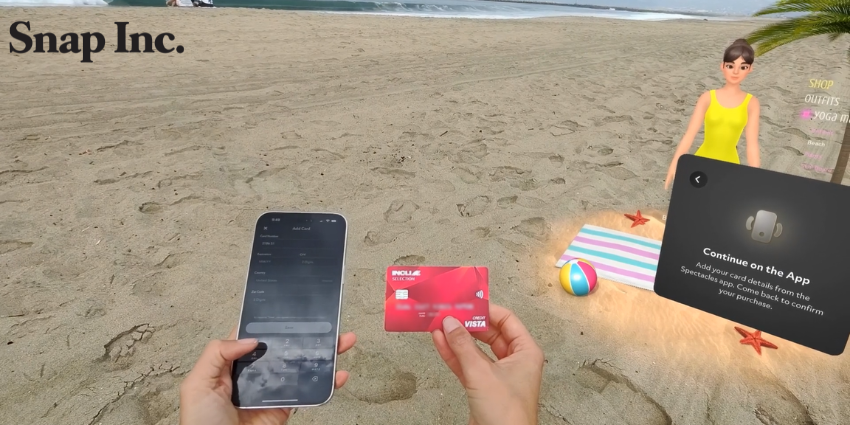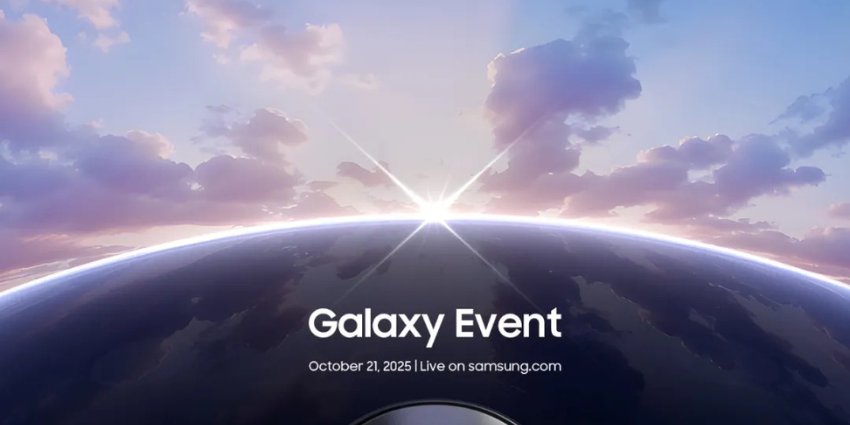This week, Meta announced the discontinuation of Spark, its AR SDK, allowing developers to create basic AR content ready for Meta’s portfolio of smartphone social media platforms. The move does not remove AR integrations on platforms like Messenger, Instagram, and Facebook; instead, Spark’s closure means that only first-party Meta AR content will be available on its applications.
The discontinuation of Meta Spark could be a move to enforce more control over the distribution of AR content across Meta applications. Perhaps this could create a more sophisticated and closely managed method of distributing AR as Mark Zuckerberg’s firm focuses heavily on AR smart glasses in the coming months.
Meta’s official statement called the discontinuation a “difficult decision.” The firm will officially close the service on January 14, 2024, meaning third-party AR Spark content will no longer be accessible. However, Meta’s first-party content, which it creates and owns, will remain. The move towards exclusive first-party AR support also means Meta is closing its related services, including Spark Studio, Spark Player, and Spark Hub.
In an official statement, Meta explained:
“Meta Spark is going away” means that the Meta Spark tools used to create AR effects, Meta Spark Studio and Meta Spark Player, will no longer be accessible. It also means that you’ll no longer be able to access Meta Spark Hub to publish and manage AR effects. Because creators will no longer be able to build, publish and manage their AR effects, we’ll also remove third-party AR effects from Meta technologies, including Facebook, Instagram and Messenger.
With Spark’s closure comes recommendations for third-party AR creators and businesses leveraging the platform to download all information and data regarding such content before the platform closes, as files will no longer be accessible after the first month of next year.
In its official statement, Meta notes that Spark’s closure will mark a new era for AR competing, starting with “the decision to shut down the Meta Spark platform, we’re also shifting resources to the next generation of experiences, across new form factors like glasses.”
The Bigger Picture
The Spark closure seems to be an attempt from Meta to advance the next generation of AR content. The firm is working hard on its next-generation smart glasses, and while AR/VR/MR hardware across the industry is increasingly impressive, there does not seem to be enough system-selling content to match.
This means that Meta is looking to boost its AR content creation services, perhaps debuting a new framework ready for AR smart glasses in the coming months. Moreover, the discontinuation could allow Meta to retain greater control over AR deployments on its services. They may be similar to how Meta approached Horizon Worlds’ immersive content creation and monetisation framework.
Meta is still focusing on distributing AR content through its smartphone applications. This week, Meta introduced new augmented reality features for its messaging service, Whatsapp. While the Whatsapp update doesn’t directly relate to Meta’s ambitions for smart glasses, the AR integration may highlight how Meta is building an XR software ecosystem for its products outside headsets.
Reports suggest that an upcoming update to WhatsApp will introduce AR features that enhance the usability of immersive content in low-light conditions using filters. Additionally, Whatsapp will add features to support AR skin touch-up features. The AR integration is being tested before debuting on Android and iOS devices.
Meta is expected to reveal more details about its Reality Labs-led research and development into next-generation AR smart glasses at Connect 2024. This could involve integrating AR into its wider services for an upcoming product.
The speculations come after the Ray-Ban Meta smart glasses lineup has seen recent success. Meta is experiencing moderate success in rolling out the device as a social media-based product that allows users to share their points of view via the device’s cameras, contact others through Meta applications, and leverage fundamental AR interactions.
Since its debut earlier this year, Meta has reported an increasing shipment rate, with the product beating sales expectations. This led to Meta eyeing up a five-percent stake purchase in Ray-Ban owner EssilorLuxottica, worth $4.73 billion based on an overall company valuation of over $94 billion.
At SIGGRAPH this year, Zuckerberg expressed his optimism about the future of AR smart glasses, with the CEO stating:
For smart glasses we’ve been going at the problem from two different directions. On the one hand, we’ve been building what we think is the technology that you need for ideal holographic AR glasses, it’s really quite impressive. We’re doing all the custom silicon work, all the custom display stack work, all the stuff that you need to do to make that work. And their glasses, right? It’s not a headset. It’s not like a VR headset. They look like glasses, but they’re still quite a bit far off from the glasses that you’re wearing now.
If Meta continues down this route, the firm will likely ensure its applications are ready. Notably, the low-light updates seen in the upcoming WhatsApp update assist with smartphone camera detection and could contribute to a better understanding of smart glasses detection, mainly as Meta produces its smart glasses for outdoor use.
Meta Addresses Quest Pro 2 Cancellation Rumours
Over the weekend, reports claimed that Meta was scraping a prototype for an upcoming Apple Vision Pro competitor. Speculation suggests that this could also mean discontinuing an upcoming prototype model called ‘La Jolla,’ which was supposed to be similar to the Quest Pro 2.
The La Jolla prototype, initially planned for release in the coming years, was set to use a display technology similar to the one used in Apple Vision Pro. However, Meta cancelled La Jolla due to the high cost of the competitive OLED display technology.
Despite these reports, it’s not all bad news for Mark Zuckerberg’s firm. Meta’s CTO, Andrew Bosworth, recently provided insights into the situation and the state of Meta’s XR device research and development.
In a social media post, Bosworth noted that the report prototype cancellation shouldn’t worry fans of the Quest portfolio. He stated:
Just your regularly scheduled public service announcement: we have many prototypes in development at all times. But we don’t bring all of them to production. We move forward with some, we pass on others. Decisions like this happen all the time, and stories based on chatter about one individual decision will never give the real picture.
Meta’s XR R&D teams constantly explore new ways to develop AR/VR/MR hardware and software for various use cases through its Reality Labs division. However, the division has consistently operated at a loss, as noted in Meta’s Q2 report. Meta is committed to investing in XR product research and development despite ongoing losses. This signals Zuckerberg’s strong belief in the potential of XR technology and Meta’s dedication to staying ahead in this field.
Considering this, cancelling the La Jolla event may not significantly impact Meta’s upcoming Connect 2024 event and its XR updates. Meta is anticipated to unveil the Meta Quest 3s, a more affordable MR headset, and a pair of AR smart glasses.
According to a recent report by ResearchAndMarkets, smart glasses are set to become the next big tech trend. The report highlights their potential growth, enterprise opportunities, and the possibility of replacing VR headsets.
The report indicates that the global market for smart glasses reached approximately 678,600 units in 2023. ResearchAndMarkets expects this market to grow significantly, reaching 13 million units by 2030, representing a Compound Annual Growth Rate (CAGR) of 53.0 per cent from 2023 to 2030.
On a regional level, the smart glasses market in the US expanded to about 432,300 units in 2023, contributing to the projected 2030 market forecast. The report also anticipates market growth in China, with a projected 62.5 per cent CAGR and 613,300 unit shipments by 2030.
Finally, ResearchAndMarkets is examining broader hardware considerations within the growing smart glasses market. It forecasts that “simple assisted reality glasses” will reach 5 million units by 2030 with a CAGR of 50.3 per cent. Additionally, the report notes that MR holographic displays, such as Apple’s Vision Pro, are expected to grow at a 58.4 per cent CAGR until 2030.







